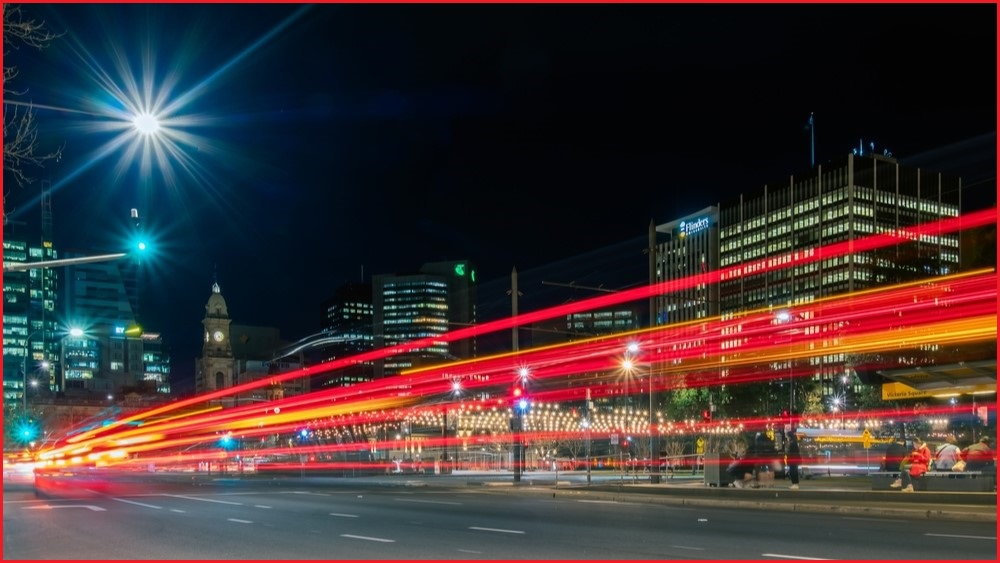Around 9 million Australian homes and businesses will have access to 500Mbps download speeds by Christmas, if Internet service providers (ISPs) agree to upgrade their infrastructure under a new NBN proposal to replace 100/20Mbps services with speeds of 500/50Mbps.
The faster wholesale services – which NBN Co said in a statement would be provided at no extra cost to retailers – would only be available to premises served with hybrid fibre coaxial (HFC) and fibre to the premises (FTTP) connections, which NBN Co is installing as quickly as it can as it works to move customers away from outdated fibre to the node (FTTN) and fibre to the curb (FTTC) infrastructure.
As well as boosting the speed of its NBN Home Fast product to 500/50Mbps, the speed reset for NBN Co’s three fastest plans would also see its existing 250/25Mbps Home Superfast plans boosted to 750/50Mbps, and its Home Ultrafast plan increased from 500-1000/50Mbps to 750-1000/50-100Mbps.
The proposal “is in response to the step-change in technology adoption and usage in Australia and globally,” the company said, citing internal data showing average data consumption per household grew from 40GB per month in 2013 to 443GB per month last year.
That figure – which is well ahead of a 2018 government forecast that 98 per cent of households would be happy downloading 420GB over 49Mbps services by 2026 – is expected to double approximately every five years, trailing the US but reaching 1,067GB per month by 2032.
NBN Co attributed the growth to the number of connected devices per household growing from 7 to 22 over the past decade, on a trajectory to reach 33 connected devices by 2026 and 40 by the end of this decade.
“Despite this explosion in usage, many customers have remained on the same broadband plan for years,” NBN Co chief customer officer Anna Perrin said in noting that internal network monitoring “suggests that some customers are potentially hitting their maximum speed on a regular basis.”
“These customers may enjoy a better internet experience on a faster speed tier.”
The upgrade isn’t as simple as flipping a switch, however: to ensure data-guzzling customers don’t overwhelm them, ISPs will need to both increase the capacity of their own back-end networks, and to revisit and potentially upgrade customer modems and Wi-Fi routers to ensure they can handle the five-fold surge in data.
NBN Co has raised these and other issues in a consultation paper that has been issued to ISPs for feedback by 19 April – just eight months before the company hopes to be offering the significantly faster speeds to most Australians.
A shot in the arm for fibre? Or a shot in the foot?
Reaction to the announcement was broadly positive, with telecommunications analyst Paul Budde calling the “groundbreaking plan" a bombshell that will "finally deliver the first-class broadband service that Australia as a modern society needs” to support killer applications such as medical application, hi-res imaging, and bandwidth-hungry AI services.
“It is interesting to note that what is going to be delivered now was the ultimate goal of the NBN when it was launched 15 years ago,” Budde said, calling the new FTTP commitment “a massive boon for the nation’s productivity as well as to propel a range of high-quality services”.
The decision to push customers towards faster plans is about much more than corporate largesse, however.
Now that NBN Co’s new wholesale pricing regime has kicked in and its revenue base has shifted away from usage-based CVC (connectivity virtual circuit), the company needs to give ISPs a reason to move customers to higher-speed plans that are critical to bolstering average revenue per user (ARPU) figures that have flatlined for years.
The long-term impact of ARPU stagnation became clear after a 2022 Productivity Commission report warned the company’s reliance on legacy equipment had imposed so many costs that it had “poor prospects” of ever repaying its debts.
By reducing its exposure to the limitations and ongoing maintenance of antiquated FTTN services – for which it paid Telstra $11 billion under previous Coalition governments – NBN Co hopes to shore up financials and stem the loss of customers to competitors and technology alternatives like 5G and satellite.
The company has now staked its future on making superfast services ubiquitous across its network – NBN Co expects 90 per cent of NBN’s fixed line network will have access to the faster speeds by December 2025 – but with service installations already lagging demand, delivering on the new proposal will require the company to dramatically increase its pace.
NBN Co is also walking away from its FTTC architecture, with the proposal relaxing the threshold at which FTTC customers can upgrade to FTTP – a change that currently requires them to order a 250Mbps or faster service – to 100Mbps.
The proposal was music to the ears of ISP Aussie Broadband group managing director Phillip Britt, who called NBN Co’s proposal potentially “one of the most exciting steps in technology adoption for Australian households and businesses.”
Aussie Broadband – which is already adding backbone capacity to support a growing number of high-speed customers and business services – was recently knocked back after trying to acquire competitor and network infrastructure operator Superloop.
Aussie has been investing in its retail network “to improve the experience for customers adopting FTTP,” Britt said, “and NBN Co’s announcement has made that early investment all the more essential” – particularly in regional areas where investment in fixed broadband is, he said, important “so the digital inclusion gap isn’t widened further.”










